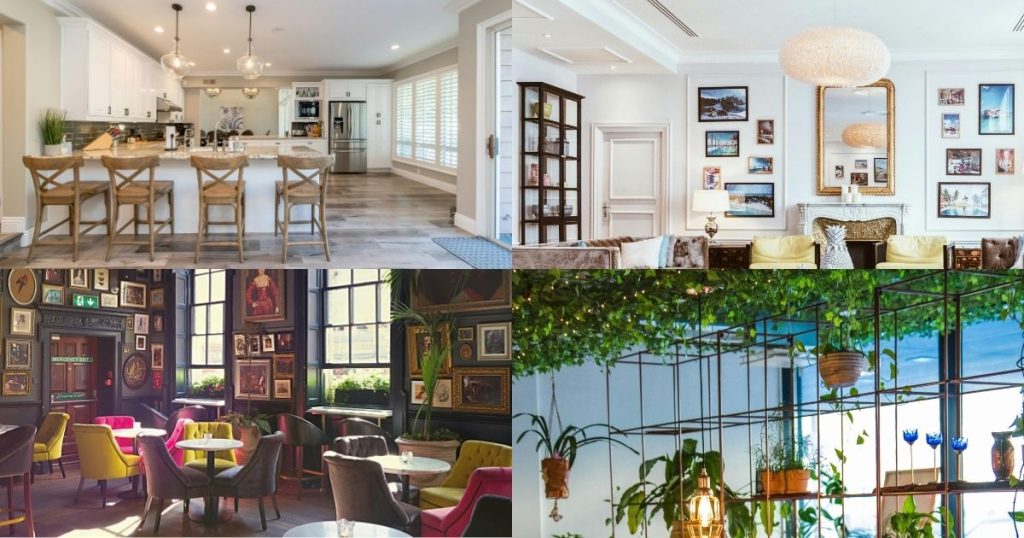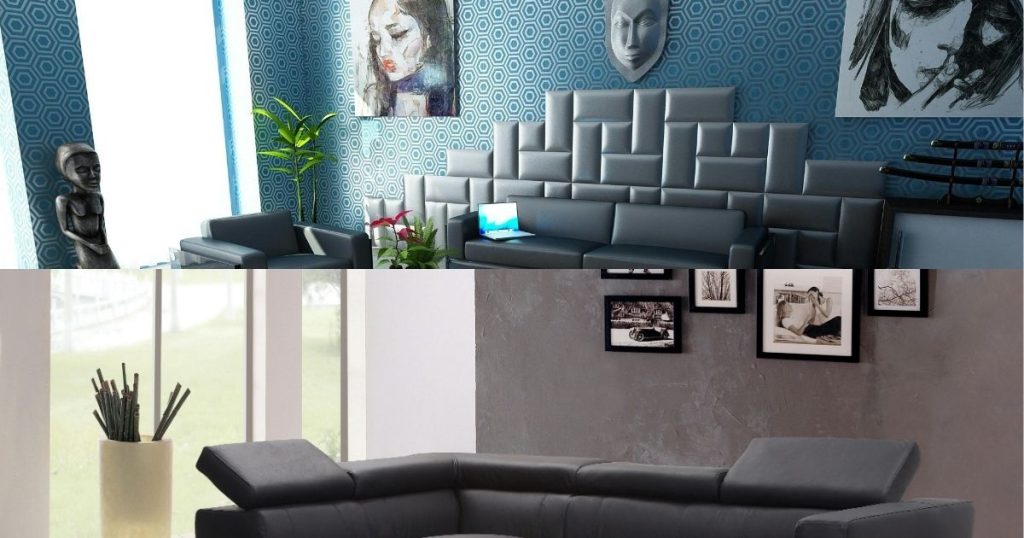Interior Design
Interior design is one of these complex disciplines dealing with the planning and decoration of interiors toward the improvement of their aesthetic and functional values. Basically, design has to do with an effective marriage of creativity and technical knowledge and human behavior to create visually pleasing livable environments. Basic tenets of design would be to offer creative interior design ideas that meet a wide variety of tastes and demands.

Latest Design
No Posts Found!
Examples of such ideas would include color schemes, furniture, optimized layouts, and lighting strategies. A good interior design concept starts by understanding space and its users; it depends on what it is used for, how its users live, and the architectural style in which the building is conceived. For example, through residential interior design, one could focus on the dwelling environment being comfortable and warm related to rest and relaxation, but in commercial buildings, functionality and branding may come into play. Color plays a great role in interior design in that it is likely to have major influences on mood and perception.
Among design ideas, the most effective must surely be the choice of color palette. This can then be used to create either harmony or contrast in the room. Soft and neutral tones seem to be calming and spacious, thus ideal for bedrooms and bathrooms, whereas bold, vibrant colors seem to energize the social spaces like living rooms and kitchens. In addition, multiple textures from materials such as wood, metal, and textiles help add depth and interest to interior designs.
These ideas in interior design also talk of lighting importance since they can change completely or transform and change the entire look and feel of any room in a house. Layering these types of lighting—ambient, task, and accent—presents the flexibility of mood and functionality to make spaces both beautiful and practical. Furniture choice is another very important aspect within interior design, both style and comfort.
A modern trend that will bring utility without compromise will be multifunctional furniture. These creative solutions can be extended to innovative designs such as in-built storage, foldable tables, or convertible sofas that keep the environment uncluttered and inviting. Sustainable materials and practices have become a prerequisite of modern designing.
Eco-friendly choices, such as reclaimed wood, energy-efficient appliances, and low-VOC paints, not only constitute a healthier living space but also reflect the slowly growing awareness for environmental responsibility. Another important aspect of interior design ideas generation is spatial planning.
It is the intended arrangement of furniture and decor to facilitate usability and interaction within a defined space. Open floor plans are all the rage, but fluid transitions between rooms also involve thoughtful zoning to create distinct functions. Area rugs, furniture arrangement, and visual separators are some ways that you can create a holistic design for each space that addresses the needs of its user.
In turn, personal input to the design plays a very crucial role since it brings in that needed uniqueness, which reveals the personality and passions of the people occupying the space.
This may involve pictures, artwork, or travel souvenirs that tell different stories about the actual meaning of owning a home. Ultimately, the amalgamation of creativity with practice and self-expression just turns some bare space into an exquisite room that is not only pleasing but also supportive in enhancing the quality of life. So, by scouring new design concepts and styles, people will always ensure their spaces remain fresh and welcome to anyone who uses it, responding to changing needs.

